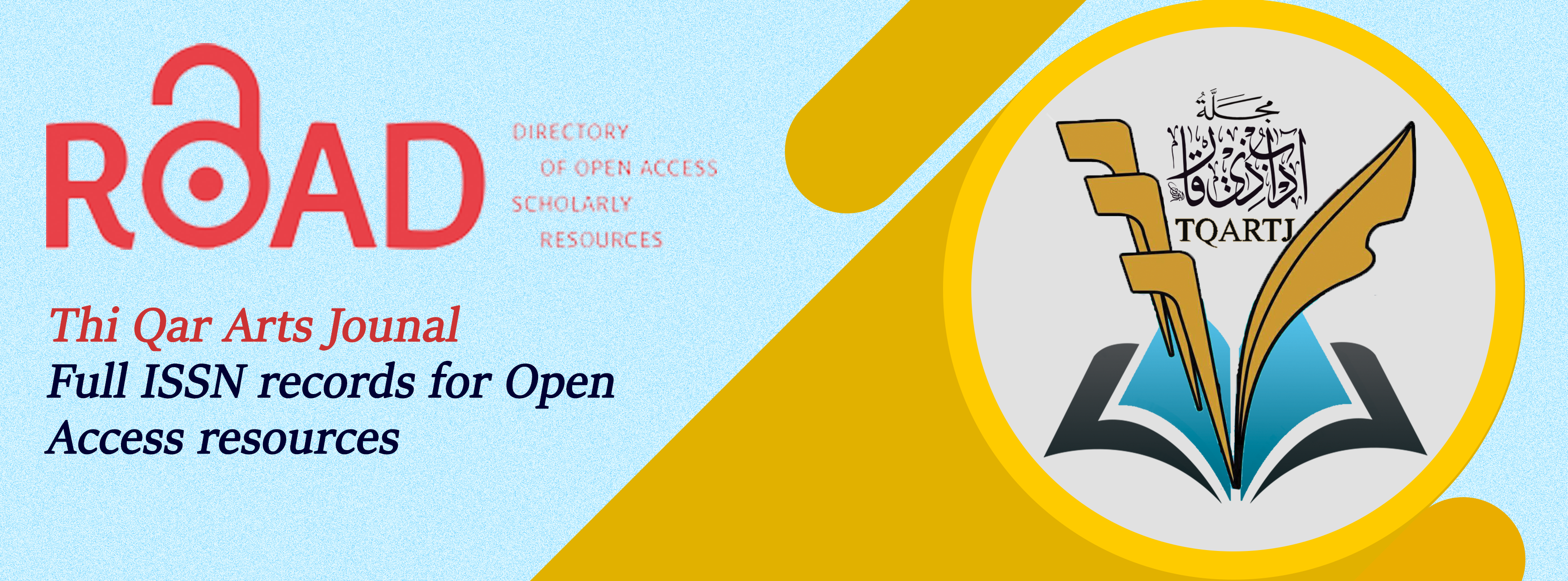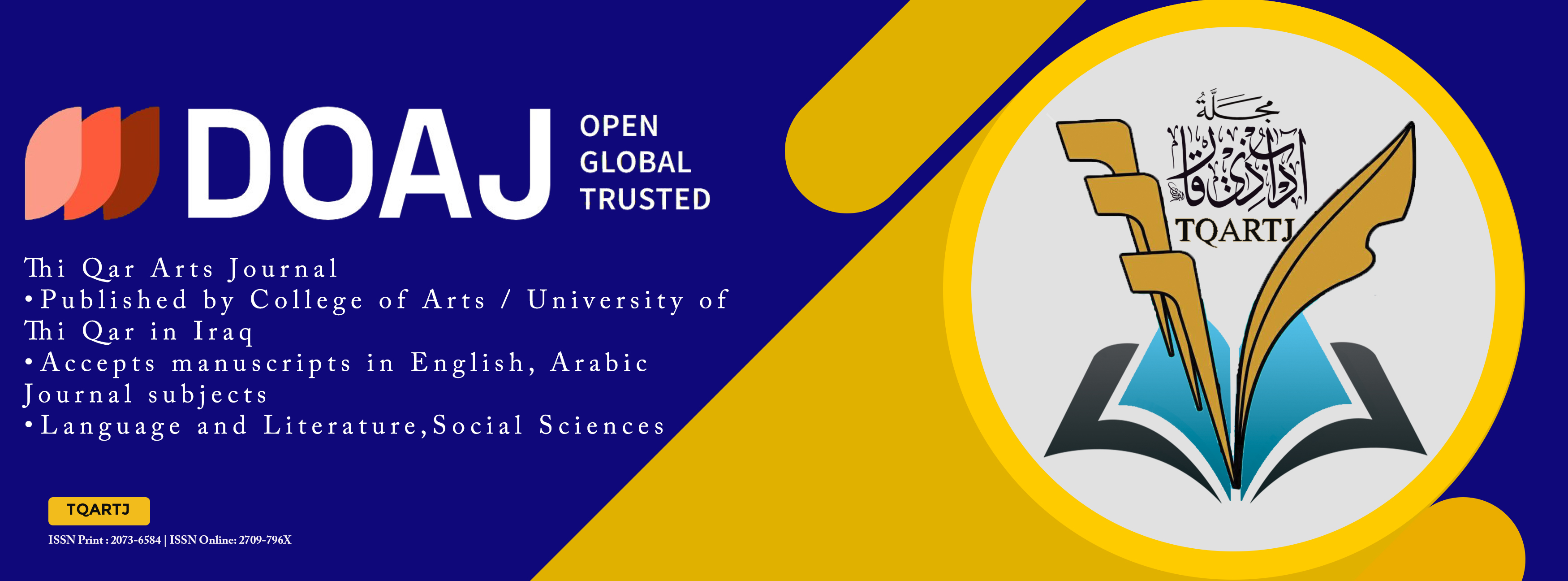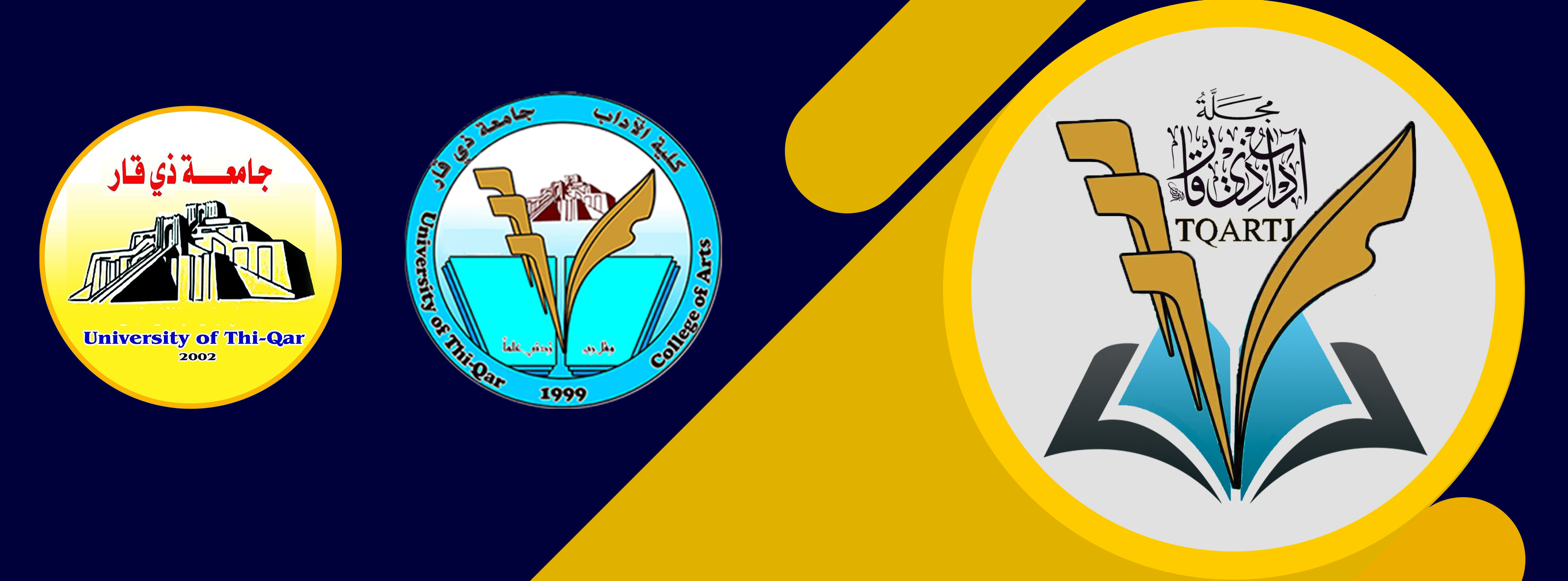موقف المستشرقين من احداث السيرة النبوية ( حادثة الغدير انموذجا )
DOI:
https://doi.org/10.32792/tqartj.v2i36.272Abstract
The solution of Orientalism, for the most part, tended to distort the image of Islam in the West, because the relationship between Islam and the West was characterized at many times by ignoring and mutual confrontation, especially in religious and ideological matters, although the religious base of both parties starts from common roots, but the conflict, which is essentially of a political nature, linked to the network of interests and international forces, is employed in order to add religious dimensions to it, and it has complicated the movement of Orientalism, when it began to study the intellectual, cultural, political and religious life of Islam, relied largely on what we inherited from Islamic books and writings that fed the Islamic conflict (i.e. between Islamic groups) and provided orientalism with a rich material and a smile that facilitated the achievement of their goals, which they want to study according to their objectives.
Orientalism, as it is known, has become a science with its curriculum, schools, philosophy and objectives, and for this reason we must know this concept and its connotations and developments that it has known, it is a science with wide boundaries mixed its field with other sciences and its fields, so the research came to focus and study part of the parts of the prophetic biography and the attitude of Orientalism towards it, namely the incident of al-Ghadir. This incident, in which Muslims differed before the Orientalists and specifically in the mechanism and how to interpret it and its objectives, where the political side clearly entered into its different interpretations. That's what the research is about
Downloads
Downloads
Published
Issue
Section
License
Copyright (c) 2021 ا.م.د جمعة ثجيل عكلة الحمداني

This work is licensed under a Creative Commons Attribution 4.0 International License.
The journal applies the license of CC BY (a Creative Commons Attribution International license). This license allows authors to keep ownership of the copyright of their papers. But this license permits any user to download, print out, extract, reuse, archive, and distribute the article, so long as appropriate credit is given to the authors and the source of the work. The license ensures that the article will be available as widely as possible and that the article can be included in any scientific archive.



















